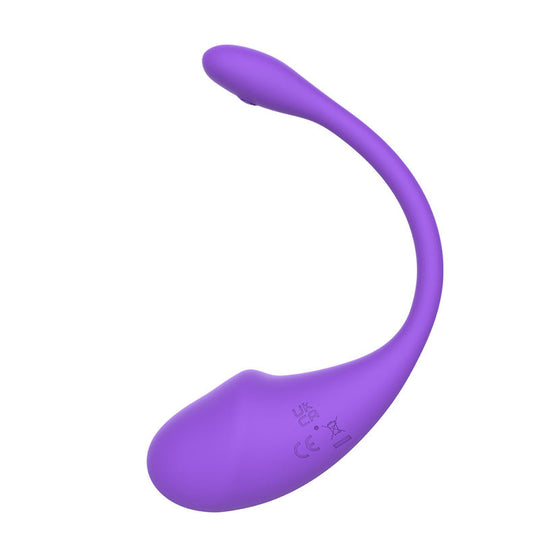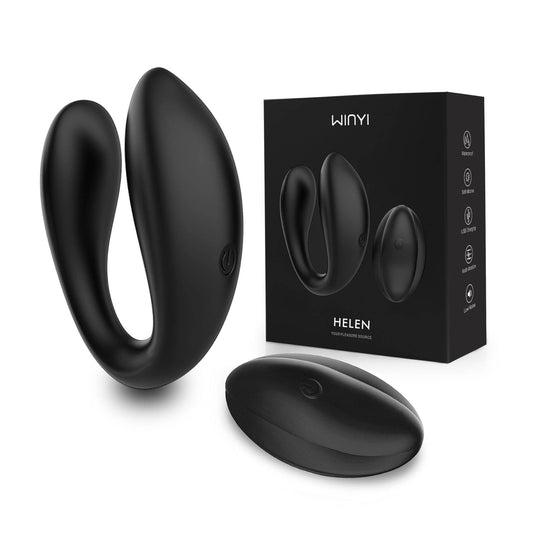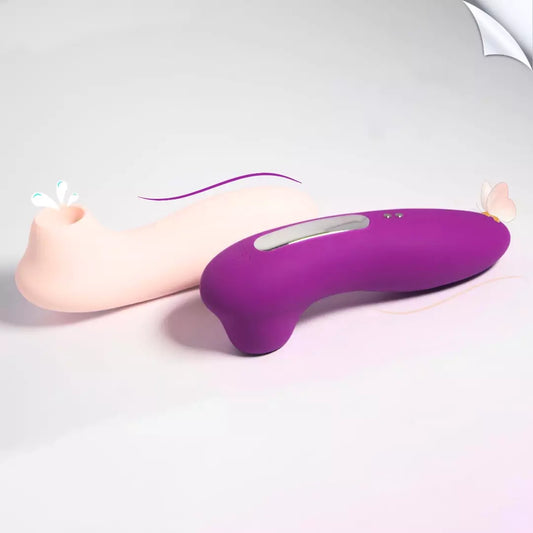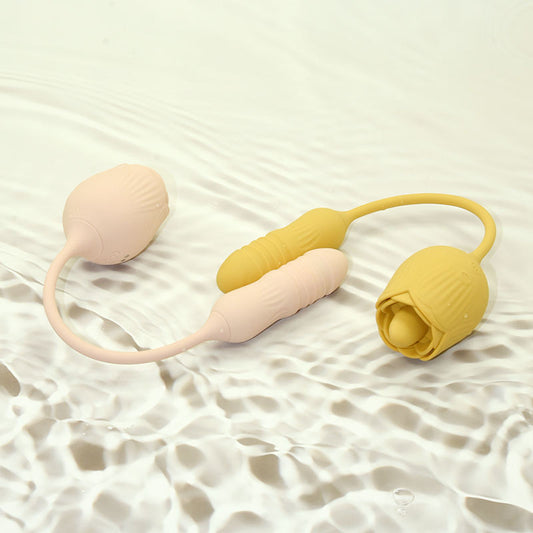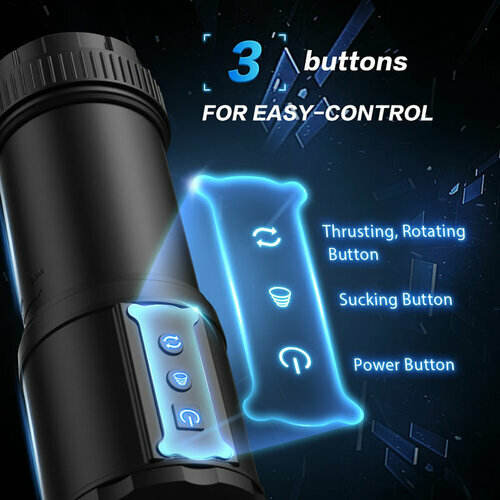Squirting remains among the more mysterious, taboo, and controversial topics related to sexuality among women. Many misconceptions, myths, and unanswered questions persist around the subject that leave males and females feeling unsure, intimidated, or misinformed about this sexual phenomenon.
In analyzing the science, facts, and nuances of squirting, we will get a better understanding of how it functions, the purpose for which it is used, and what role it plays in enabling us to more fully experience and use our capacity to intimate sexual satisfaction and pleasure.
Demystifying the Mechanics of Squirting

Before we get into the more practical aspects of squirting, first, decode some of the basics in play.
What Exactly is Squirting?
Squirting is among the most difficult topical, taboo, and controversial issues that concern female sexuality. An array of misinformation, myths, and rumors remain abounding around this topic. They can leave males and females feeling confused, scared, or unsure about this phenomenon of sexuality.
The liquid itself is generally transparent in color and is chemically alkaline. This contrasts urine, which is more likely to be acidic and yellow. This is one key difference that sets it apart from just urinating.
Where Does the Fluid Come From?
The exact source of Squirting Fluid has been thoroughly investigated and debated over the years. Recent studies show that the fluid accumulates within the bladder during arousal; however, it originates from Skene's glands (also called"the female prostate) that drain into the urinary tract.
In the course of sexual stimulation, the bladder gets filled up over its average capacity, which is primarily due to prostatic fluid that is produced by the Skene's glands.
When an orgasm occurs, the muscles of the pelvic floor contract at a regular rate and force the bladder's contents to exit through an opening in the urethra. Other fluids from the Vagina and Bartholin's glands could be mixed with prostatic fluid when the expulsion is taking place.
In summary, the bladder appears to be the main reservoir, but the fluid itself is chemically distinct from urine due to the contributions from Skene's glands.
How Common is Squirting?
It isn't easy to give an exact statistic on how common squirting is among women. Still, various studies estimate anywhere from 10-54% of women report having experienced squirting or female ejaculation at least once.
The wide variation may be partly explained by the fact that many women don't realize they can squirt or only experience it infrequently. Others may intentionally hold back from fear of urinating or due to cultural taboos that still surround female ejaculatory expression.
As awareness, education, and open attitudes toward female sexual fluidity continue to evolve, more women may tune into their capability to experience squirting.
Can All Women Squirt?
Many sex experts believe most women physiologically can learn to squirt, given proper stimulation and a comfortable environment. However, anatomical differences among women likely affect the propensity, ease, or intensity of squirting.
Factors like the size of Skene's glands, hydration levels, strength of pelvic floor muscles, and variations in the distance between the urethra opening and G-spot can impact squirting ability. General inhibition and body confidence may play a role as well.
While many women can unleash their squirting potential, there is no need to hold it as an expectation or benchmark for satisfaction. Instead, couples are encouraged to explore pleasurable sensations while letting go of fixation on goals.
Navigating the Path to Blissful Squirting

Now that we've covered some of the fundamentals, let's delve further into practical techniques, holistic perspectives, and critical considerations for more blissfully navigating the terrain of female squirting.
Cultivating the Right Mindset
For some women, the ability to fully let go and surrender into profound squirting release requires certain mental and emotional conditions—namely, a foundational level of relaxation, trust, intimacy, and confidence with their partner.
This may mean cultivating deeper connection through conscious foreplay, massages, loving touch, eye gazing, and open communication about desires. Emotional blockages, expectations, or fears related to sex should be addressed compassionately.
Having towels readily available can help diffuse anxiety over any mess. Partners should provide reassurance that letting go is welcome and beautiful. Instead of a goal-driven focus on the physical technique, the emphasis should be on sensual journeying together.
Activating the G-Spot
On the more physical and functional level, the G-spot is widely understood to be the key trigger point for activating female ejaculation. This sensitive pleasure center is located about 2-3 inches inside the front wall of the vagina.
A "come hither" motion is often recommended to repeatedly rub the G-spot with fingers crooked at the proper angle. Applying firmer pressure here builds arousal, but direct stroking paired with thrusting motions is usually what's required right before squirting occurs.
In terms of positional strategies, poses that angle the penis or toy to stimulate the front wall of the vagina most vigorously are ideal. Some examples include doggy style or the partner on top with legs over shoulders.
Incorporating Seggs Toys
Besides manual stimulation and intercourse, sex toys offer another pleasurable avenue for discovering squirting potential. Curved dildos or vibrators explicitly designed to target the G-spot with precision can be pretty practical.
Some dildos mimic the fast repetitive thrusting motion most likely to trigger squirting release. Meanwhile, adding clitoral stimulation via vibrator at the same time further compounds the blended climax.
Wand vibrators pressed against the area of the G-spot externally can also drive internal solid contractions during arousal. Partners can explore creative ways to combine toys with other intimate touching.
Supporting Overall Sexual Response
Sometimes, squirting capability reflects the inhibition, flow, and fullness of a woman's overall sexual arousal process. Those who spew readily may represent a more open, charged sexual response system.
There are holistic ways to cultivate heightened responsiveness for women who are more challenging to get in touch with squirting potential. This includes balancing hormones, exercising pelvic floor muscles, staying hydrated, and reducing stress.
Deep breathing, sexual meditation, relaxing in warm baths, or using yoni eggs can help remove blockages to feeling fully alive sensually. Letting go of judgment and shame is also crucial.
Squirting vs. Orgasm Satisfaction
While intense gushing orgasms can certainly coincide, it's important to note that forceful squirting does not automatically indicate a more satisfying climax. Some women can experience deeply fulfilling orgasms without noticeable fluid release.
The key is not to get fixated solely on squirting as the be-all indicator of optimal pleasure. As long as couples continue communicating about what feels good for them, the intimate discoveries will unfold accordingly.
Conversation Tips with Your Partner
If desiring to explore squirting with a partner, having open, judgment-free conversations is essential at every step. Some topics to kindly discuss:
- Share your curiosity, but don't pressure expectations
- Ask about their perceptions, knowledge, and interests regarding squirting
- Emphasize ongoing mutual pleasure and intimacy as the goal
- Reassure that arousal requires specific techniques without demands
- Invite honesty about comfort levels and any reluctance
- Prioritize sensitively nurturing trust and safety
- -Check in on what brings each of you the most satisfaction
The key is approaching squirting in the spirit of collaborative, compassionate understanding - not aiming to prove anything or impose fluid reactions on one another. Your shared journey is beautifully unique.
Common Squirting Questions Answered

Let's explore some frequently asked questions for rounding out your squirting education:
Q1. Is squirting the same thing as female ejaculation?
Squirting is the most common umbrella term used, but some refer to the expulsion of fluid at the climax as female ejaculation since it mirrors the ejaculatory response in men. However, the liquid doesn't contain actual sperm and isn't a reproductive ejaculate in the strict scientific sense.
Q2. Is squirting just peeing?
It originates partially from the bladder filling up but also contains prostatic fluid from the Skene's glands, making it distinctly different in composition from urine alone. These additional components are what create the transparent appearance and alkaline pH levels.
Q3. Does squirting indicate a better or more satisfying orgasm?
For some women, the sensation of intense squirting and gushing fluid does co-occur with feelings of a more powerful or prolonged orgasmic release. However, orgasms can still feel highly pleasurable, even without noticeable external squirting. Don't judge subjective satisfaction based on this one factor.
Q4. How can I broach the subject of trying squirting with my partner?
It's best to begin the conversation outside the bedroom with caring understanding. Share your interest in a non-demanding way. Ask about


